
How to Use ZH03B: Examples, Pinouts, and Specs
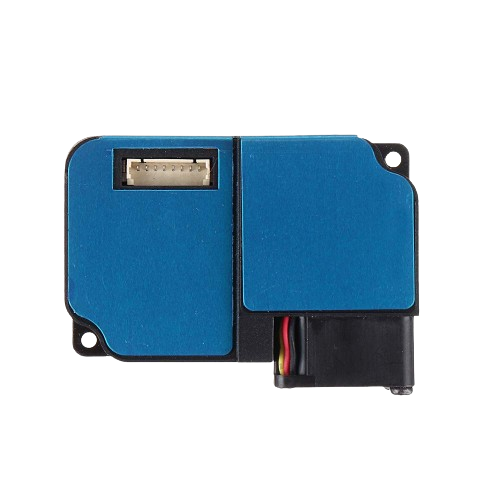
 Design with ZH03B in Cirkit Designer
Design with ZH03B in Cirkit DesignerIntroduction
The ZH03B Laser Dust Sensor Module is an advanced and highly sensitive device designed to detect and measure the presence of dust particles in the air. Utilizing laser scattering technology, the ZH03B can identify particulate matter with high precision, making it an essential tool for air quality monitoring. Common applications include environmental monitoring, air purifiers, smart home devices, and industrial air quality control systems.
Explore Projects Built with ZH03B
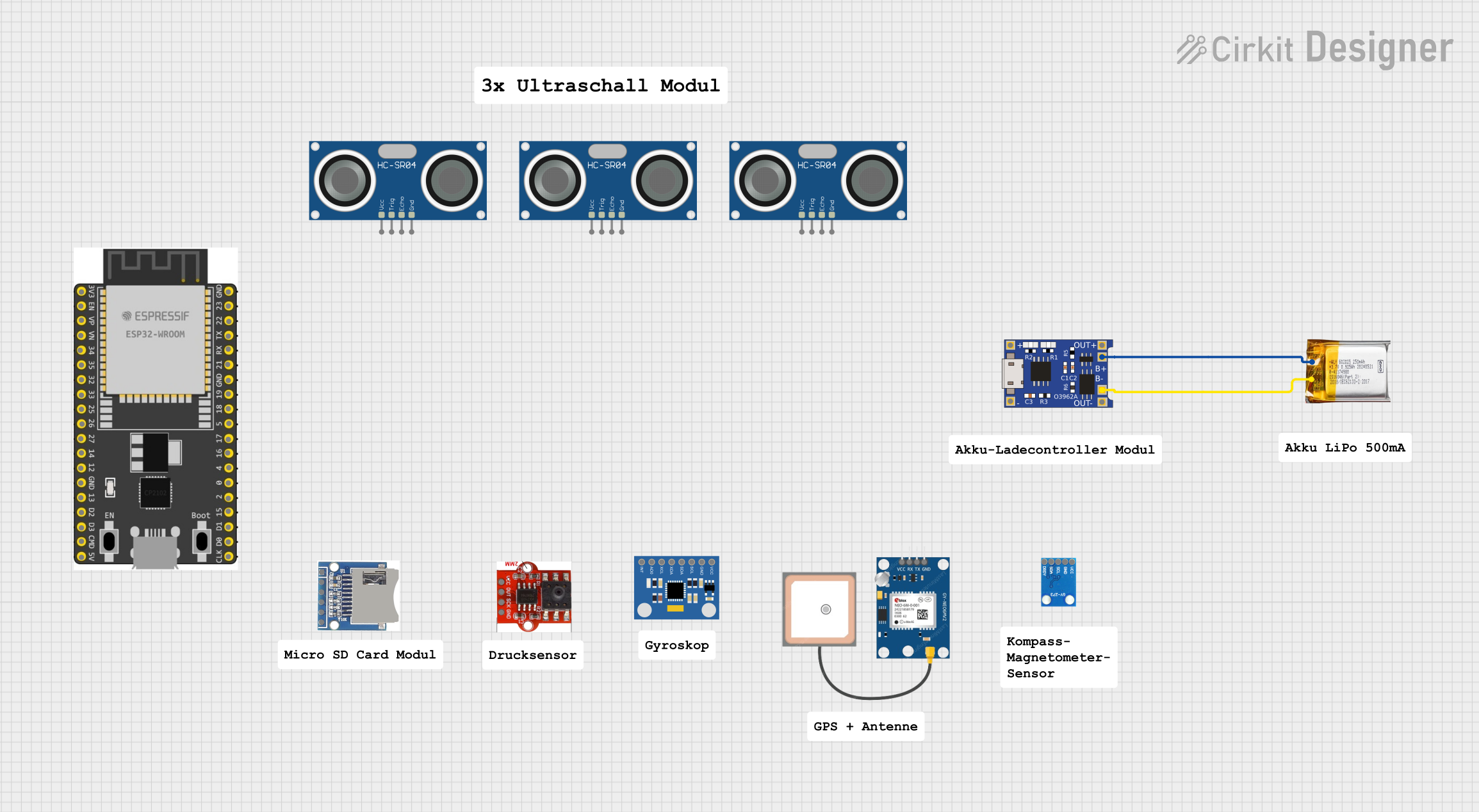
 Open Project in Cirkit Designer
Open Project in Cirkit Designer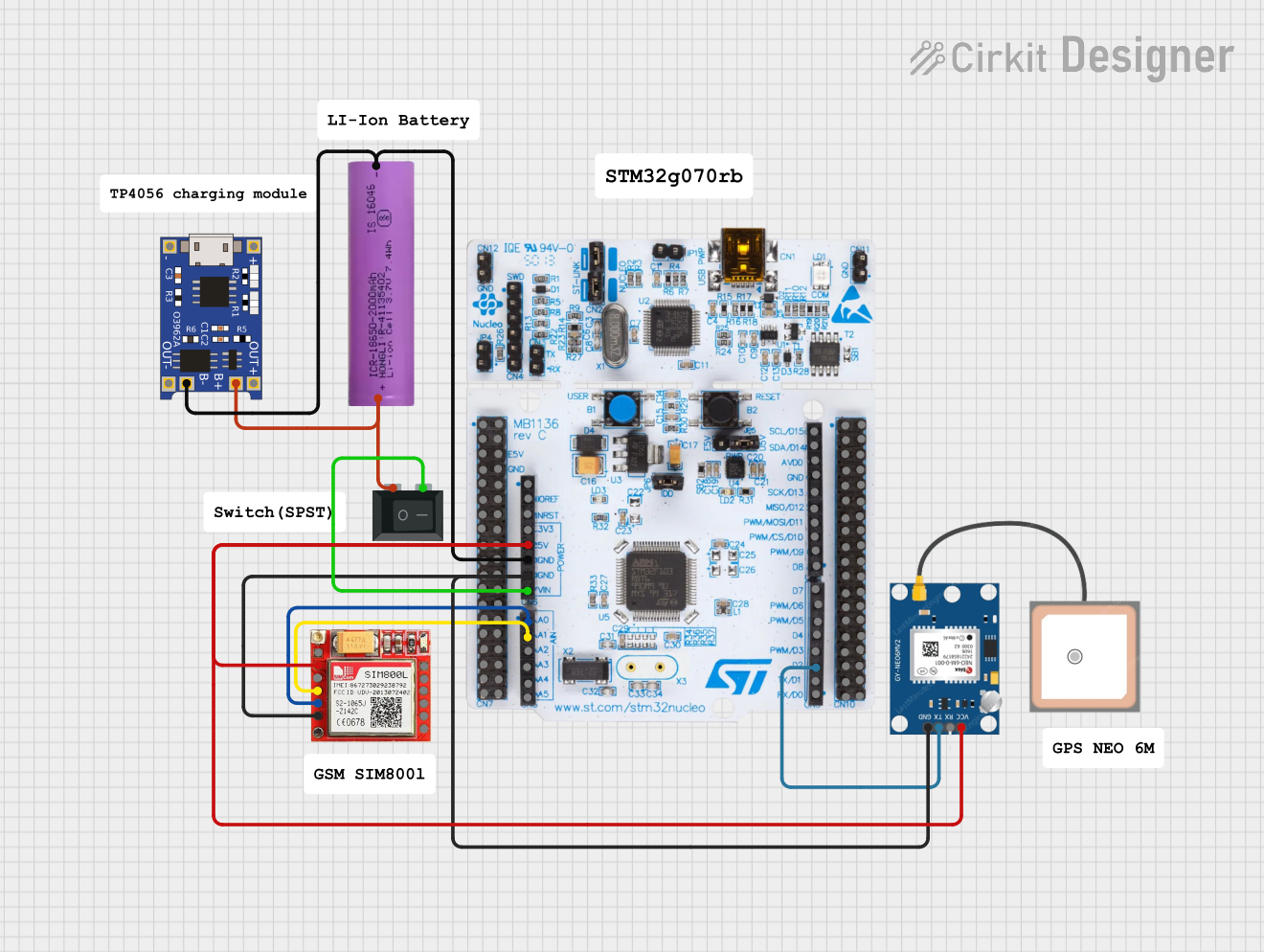
 Open Project in Cirkit Designer
Open Project in Cirkit Designer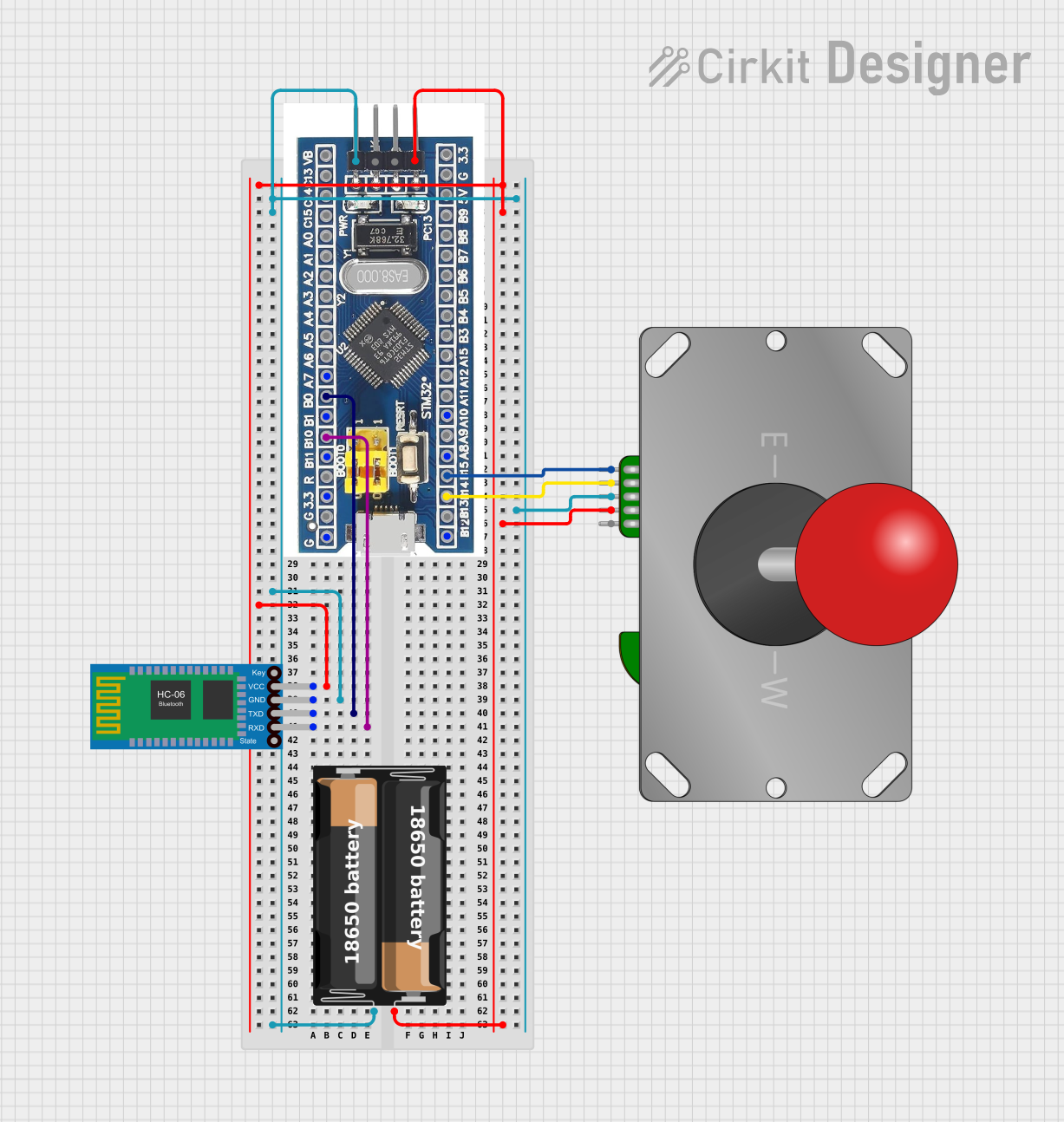
 Open Project in Cirkit Designer
Open Project in Cirkit Designer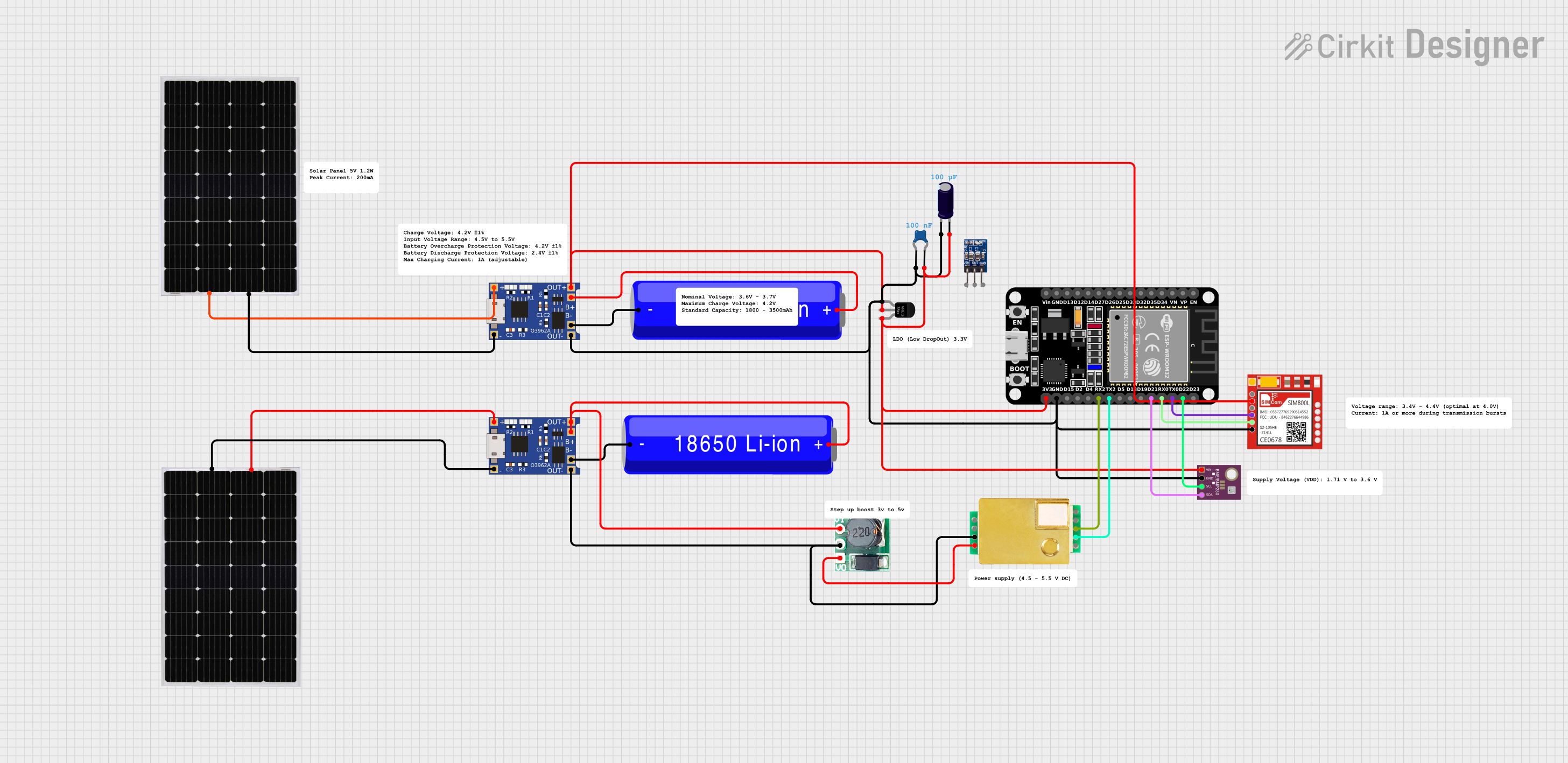
 Open Project in Cirkit Designer
Open Project in Cirkit DesignerExplore Projects Built with ZH03B

 Open Project in Cirkit Designer
Open Project in Cirkit Designer
 Open Project in Cirkit Designer
Open Project in Cirkit Designer
 Open Project in Cirkit Designer
Open Project in Cirkit Designer
 Open Project in Cirkit Designer
Open Project in Cirkit DesignerTechnical Specifications
Key Technical Details
- Operating Voltage: 5V DC
- Measuring Particle Size: 1.0 µm, 2.5 µm, and 10 µm
- Output Data: PM1.0, PM2.5, PM10 concentrations (µg/m³)
- Preheating Time: ≤ 30 seconds
- Response Time: ≤ 10 seconds
- Working Temperature Range: -20°C to 50°C
- Working Humidity Range: 0 to 99% RH
- Interface: UART (TTL level)
Pin Configuration and Descriptions
| Pin Number | Name | Description |
|---|---|---|
| 1 | VCC | Power supply (5V DC) |
| 2 | GND | Ground |
| 3 | TXD | UART Transmit |
| 4 | RXD | UART Receive |
| 5 | RESET | Reset pin (active low) |
| 6 | PWM | PWM output mode (optional) |
Usage Instructions
Integration into a Circuit
- Power Supply: Connect the VCC pin to a 5V power source and the GND pin to the ground.
- Data Communication: Connect the TXD pin to the RX (receive) pin of your microcontroller, and the RXD pin to the TX (transmit) pin.
- Reset (Optional): The RESET pin can be connected to a digital pin on your microcontroller if software reset functionality is required.
Important Considerations and Best Practices
- Ensure that the power supply is stable and within the specified voltage range.
- Avoid exposing the sensor to high concentrations of organic solvents, corrosive gases, or heavy dust for extended periods.
- For accurate measurements, allow the sensor to preheat for at least 30 seconds after powering on.
- Implement a proper calibration routine if precise measurements are critical for your application.
Example Code for Arduino UNO
#include <SoftwareSerial.h>
SoftwareSerial zhSerial(10, 11); // RX, TX
void setup() {
Serial.begin(9600);
zhSerial.begin(9600);
Serial.println("ZH03B Dust Sensor Example");
}
void loop() {
if (zhSerial.available()) {
// Read data from the sensor
byte data[24];
for (int i = 0; i < 24; i++) {
data[i] = zhSerial.read();
}
// Check data packet header and tail
if (data[0] == 0xFF && data[1] == 0x18 && data[22] == 0xAB && data[23] == 0x07) {
int PM1_0 = data[4] * 256 + data[5];
int PM2_5 = data[6] * 256 + data[7];
int PM10 = data[8] * 256 + data[9];
// Output the dust concentration values
Serial.print("PM1.0: ");
Serial.print(PM1_0);
Serial.print(" ug/m3, PM2.5: ");
Serial.print(PM2_5);
Serial.print(" ug/m3, PM10: ");
Serial.print(PM10);
Serial.println(" ug/m3");
}
}
delay(1000); // Wait for 1 second before reading again
}
Troubleshooting and FAQs
Common Issues
- Inaccurate Readings: Ensure the sensor has preheated for at least 30 seconds. Avoid placing the sensor in environments with high humidity or volatile organic compounds.
- No Data Output: Check the wiring, especially the UART connections. Ensure that the power supply is within the specified range.
- Sensor Not Responding: Perform a reset by pulling the RESET pin low or power cycle the sensor.
FAQs
Q: Can the ZH03B sensor measure other types of particles? A: The ZH03B is specifically designed to measure particulate matter such as dust. It is not suitable for detecting gases or other pollutants.
Q: How often should the sensor be calibrated? A: Calibration frequency depends on the application's accuracy requirements. For critical applications, calibration should be performed regularly against a known reference.
Q: Is the ZH03B sensor waterproof? A: No, the ZH03B is not waterproof. Protect it from moisture and water damage.
For further assistance, please refer to the manufacturer's technical support or community forums dedicated to air quality monitoring.